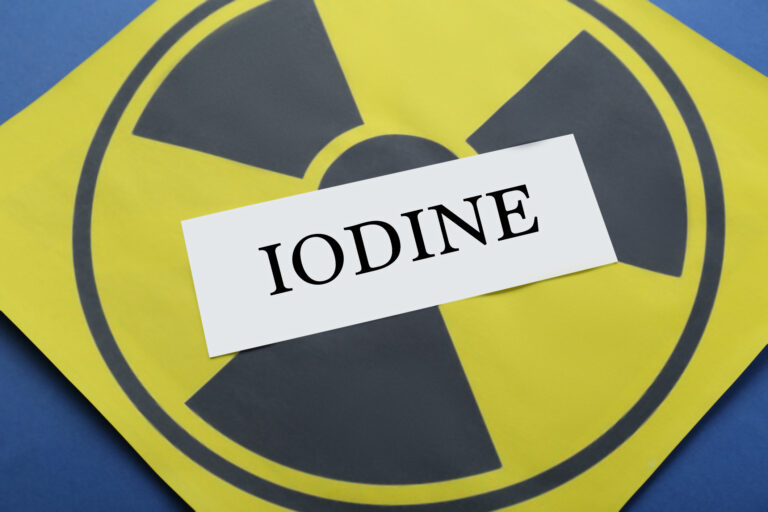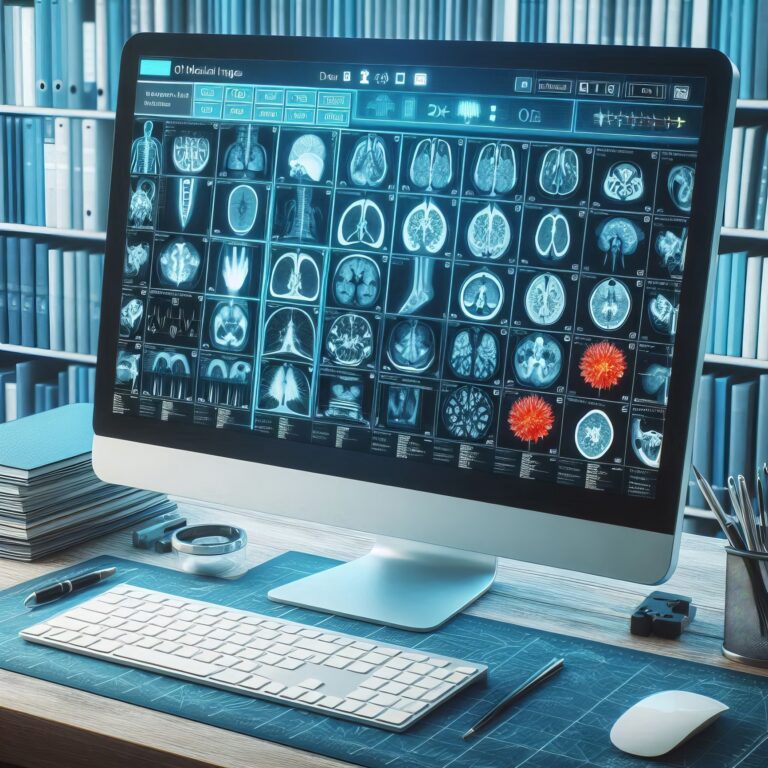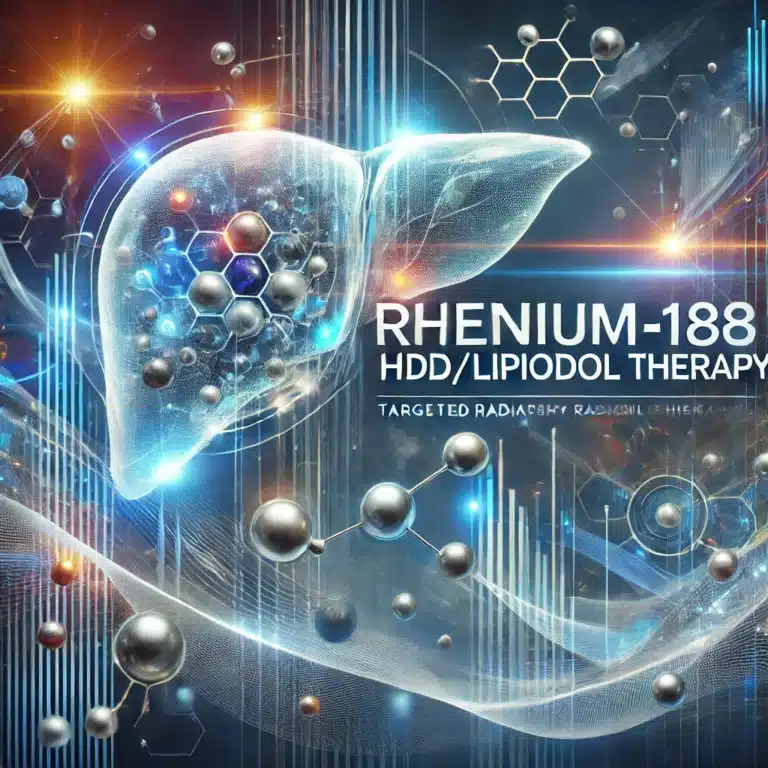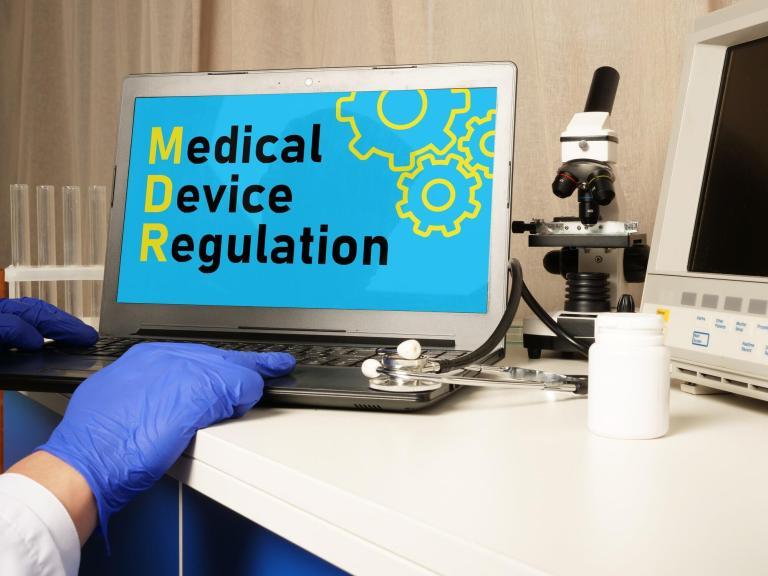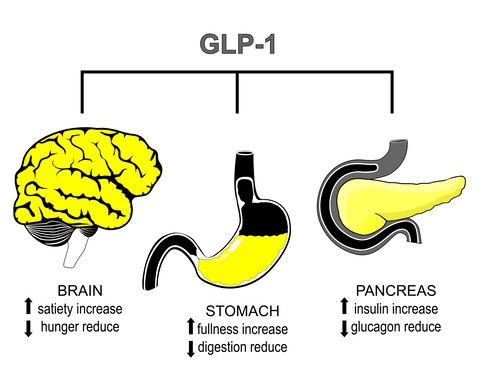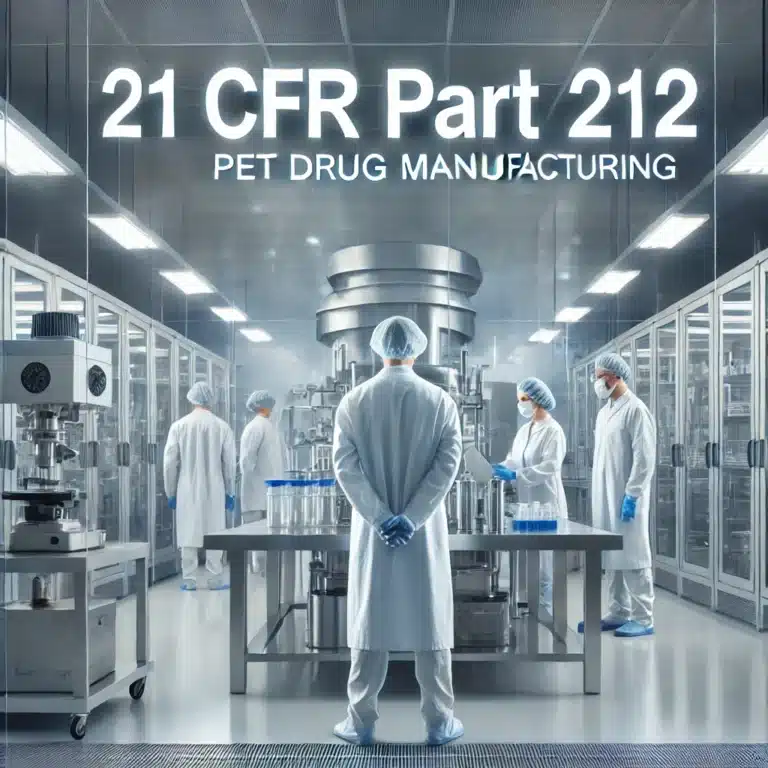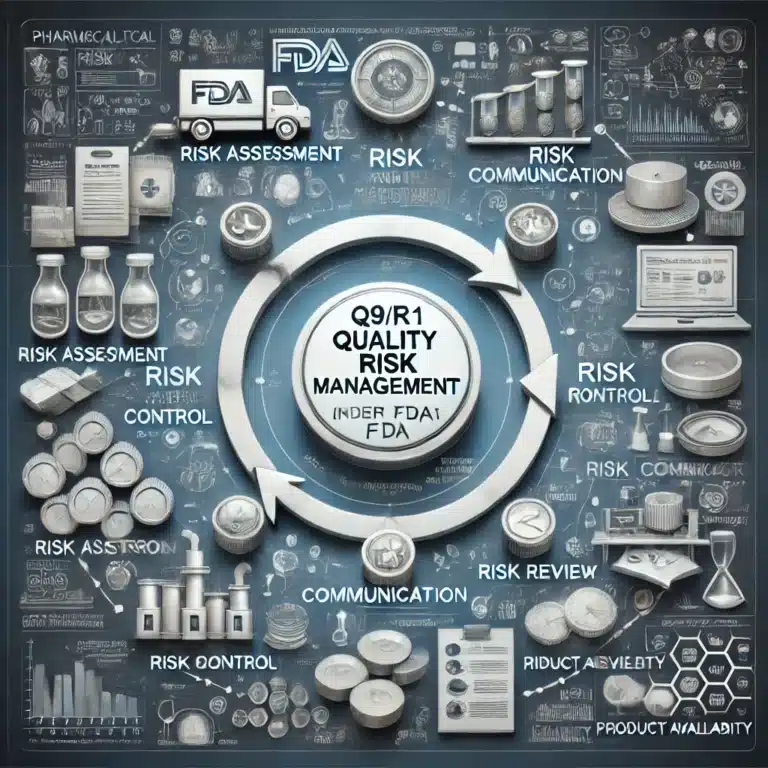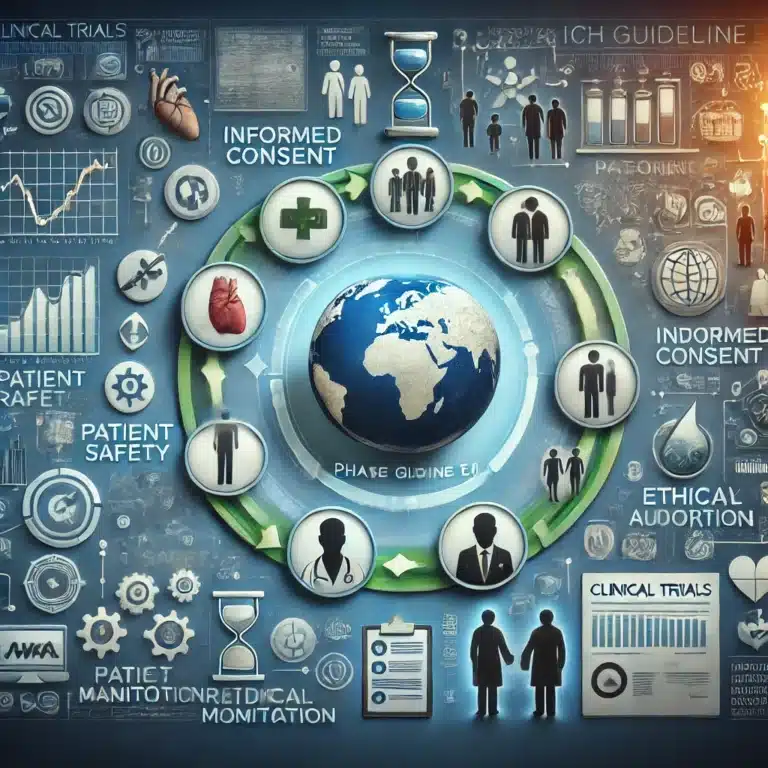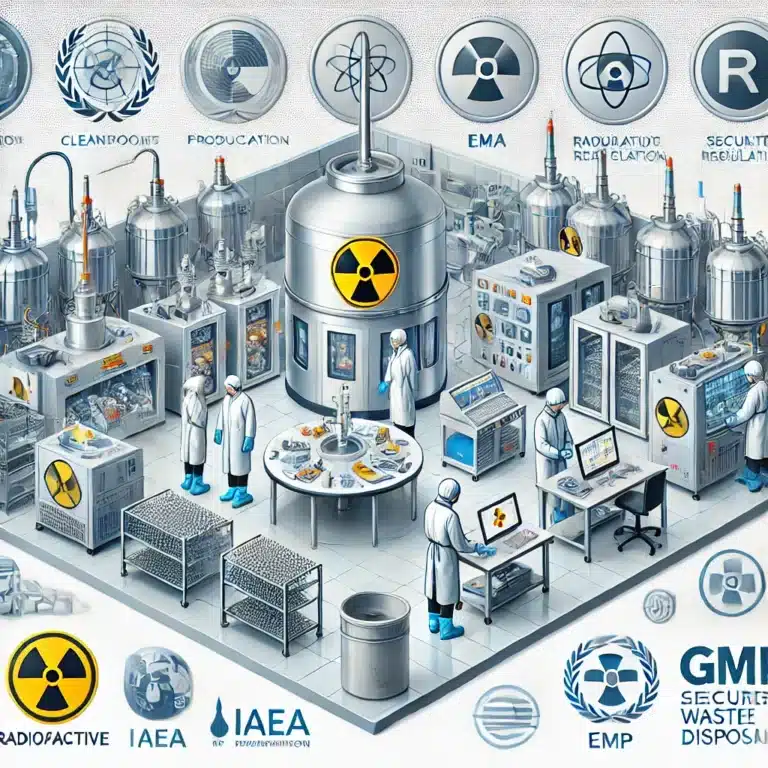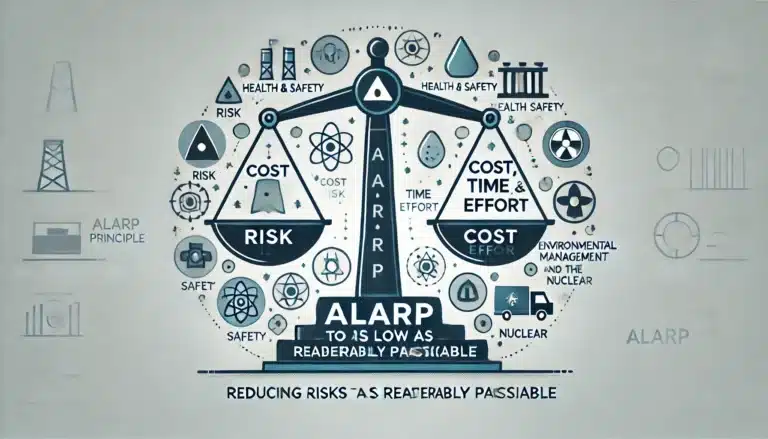Regulatory Aspects of Radiopharmaceuticals
Regulatory Aspects of Radiopharmaceuticals, which combine pharmaceutical and radioactive properties, play a crucial role in both diagnosis and therapy within the medical field, particularly in oncology, cardiology, and neurology. In the United Kingdom, the regulation of these substances is stringent, ensuring their safety, efficacy, and quality before they can be used in a clinical setting.
The regulatory framework for radiopharmaceuticals in the UK is primarily overseen by the Medicines and Healthcare products Regulatory Agency (MHRA). This body is responsible for evaluating and approving all medicinal products, including radiopharmaceuticals. The MHRA operates under the standards and directives the European Medicines Agency (EMA) set forth until the end of the Brexit transition period. Post-Brexit, the UK has begun to establish its own regulatory pathways while still considering the alignment with European standards to some extent.
Radiopharmaceuticals are classified as medicinal products and, therefore, must adhere to the rigorous assessment processes stipulated by the MHRA. This includes pivotal clinical trials that demonstrate their safety and effectiveness, which must be conducted under Good Clinical Practice (GCP) guidelines. Additionally, because these substances are radioactive, their production, handling, and disposal also fall under the scrutiny of the Office for Nuclear Regulation (ONR), which ensures radiation safety.
Furthermore, specific regulations focus on the manufacturing standards of radiopharmaceuticals. Facilities producing these products must comply with Good Manufacturing Practice (GMP) to ensure product quality and safety. This includes maintaining sterility, controlling environmental conditions, and ensuring consistent product potency and purity.
Another aspect of radiopharmaceutical regulation in the UK pertains to their transportation. Given their radioactive nature, these materials must be transported in accordance with the UK’s Radioactive Material (Road Transport) Regulations. This ensures that radiopharmaceuticals are moved safely across different locations, minimising any risk of radiation exposure to the public and the environment.
Post-marketing surveillance is also a critical regulatory aspect. Once a radiopharmaceutical is approved for use, it is subject to ongoing monitoring to track any adverse reactions or long-term side effects that may not have been apparent in earlier clinical trials. This pharmacovigilance is crucial to ensuring that the benefits of using the radiopharmaceutical continue to outweigh any risks.
In conclusion, the regulation of radiopharmaceuticals in the UK involves multiple layers of oversight, from clinical trials to post-marketing surveillance, to ensure the utmost safety and efficacy of these vital medical tools. These regulatory measures protect patients and guide healthcare providers in the optimal use of radiopharmaceuticals in medical diagnostics and treatments.
You are here:
home » Regulatory Aspects of Radiopharmaceuticals


